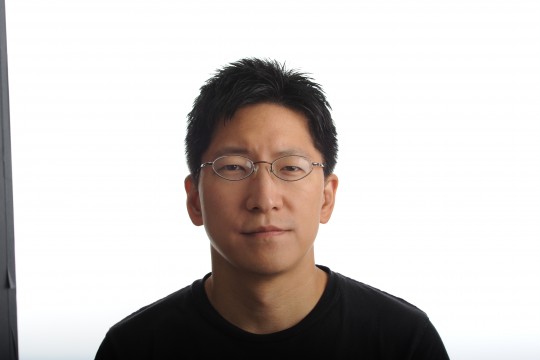The formation and structure of the hippocampal map of space
The hippocampus is crucial for the formation of new long-term memories of facts and events in humans as well as for spatial learning and memory in rodents. Extracellular recordings from the rodent hippocampus have revealed that a representation of space consisting of place cells rapidly appears whenever the animal explores a new environment. Over the past few years, we and our colleagues have developed methods to record intracellularly in animals as they freely explore an environment, allowing more direct measurement of the inputs and cellular properties of these neurons than was possible before. We have found that cellular properties appear to play a surprisingly strong role in determining which neurons will become place cells in a new environment, and which neurons will remain inactive. Furthermore, using a virtual reality system for rodents, we have examined the evolution of intracellular features of place cells during the exploration of new environments, and have compared these features to place cells in environments that the animals are very familiar with. This has allowed us to test models describing the role of synaptic plasticity in the formation of new spatial representations, and in their stabilization for long‐term memory storage. We have also used extracellular recording of populations of hippocampal neurons to analyze the specific structure of the spatial representation of new environments. In particular, we found that the firing location of the entire population of place cells can be explained by a simple, two‐parameter stochastic model. In this « gamma‐Poisson » model, the locations of the place fields of a given place cell are distributed in space as a spatial Poisson process, and the rate parameter of the Poisson process across the population of cells follows a gamma distribution. The parameter values are such that a small number of cells have a high probability of forming a place field per unit of space, and a large number of cells have a low probability of doing so. This gamma‐Poisson representation of space allows the hippocampus to be ready to represent environments of all sizes and maintain a very large capacity for distinguishing different locations. This has implications for how the human hippocampus can encode a large number of memories for events that vary greatly in duration and complexity.
HHMI Janelia Research Campus
19700 Helix Drive
Ashburn, Virginia 20147 (USA)
Invité par Jérôme EPSZTEIN
INMED Salle de conférence le lundi 22 mai 2017 à 11h

